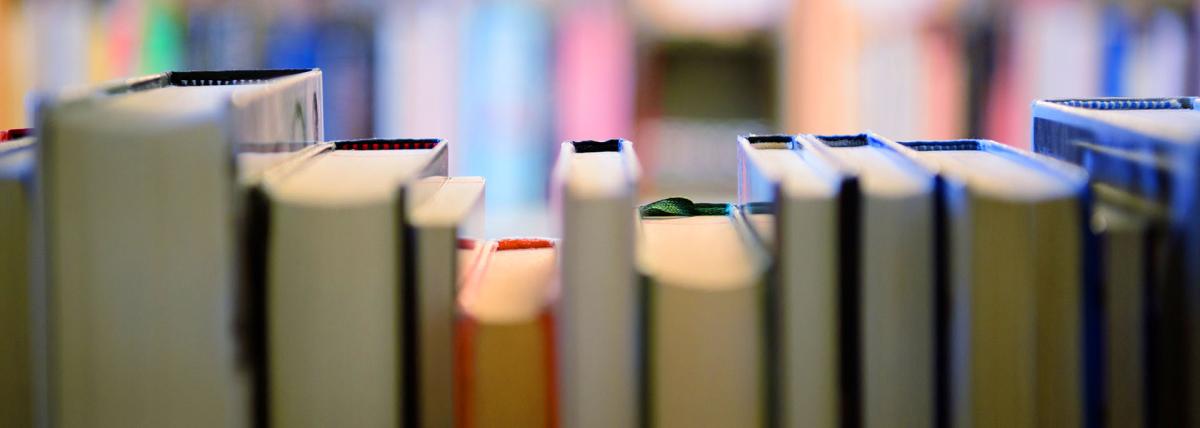Students are introduced to a project that asks them to use classroom materials to create a new form of vision technology. Students review how the eye works, create a plan, and share that plan with
In this lesson, students will embark on an exciting exploration of greenhouses. They will discover how greenhouses provide a special environment for plants to grow by letting in sunlight and trapping
Students will design and build their own popsicle stick catapults, exploring principles of force, motion, and engineering. This lesson does have a Halloween theme to it, but can be modified is needed.
Students will understand the concept and properties of buoyancy and density, through a hands-on exploration with the Lakeshore Design and Play STEAM Kit Boats by assembling boats using a foam hull
In this lesson, students will understand the basic functions and components of an Edison robot. They will collaborate with peers to demonstrate basic programming concepts by providing simple commands
Students will work to discover an understanding of the part light plays in seeing color. They will work with looking at colors in red and blue light. They will expand on what they explore during these
Students will understand how we see objects. They will learn that your eyes see objects when light hits an object and reflects off the object into your eye. They will also be able to identify the
A high school physics plan that allows students to explore with different lenses and lasers.
This is the first part a fun beginning introduction to engineering. In this lesson, students will create a board game with recycled material based on a story they have made. Links to the 2nd lesson
This is the second part of a fun introduction to engineering. In this lesson, students will create a board game with recycled materials based on a story they have made. Link to 1st lesson and helpful
This design challenge was open for any interested students from grades 9-12. Students met afterschool over the course of the second semester. This is the 4th sequence of lessons in a set of 4. This
This lesson introduces the unit exploring light pollution and possible solutions students can create. Students will explore what light pollution is. Students will determine next steps in the process.
In this continuation of A Light in the Dark (pt. 2 of 3), students research their questions and consolidate their learning, then determine their next steps in the process to solve the problem.
In the final part of A Light in the Dark (pt. 3 of 3), students create their solution to the problem based on their chosen theme. Students present their final solutions to be evaluated.
This lesson helps kids have an understanding of how our eyes capture light. A camera captures pictures of objects using a similar way so in this experiment, kids will be making a camera using simple
Using the Engineering Design Process, students work in teams to create a covered wagon that the Bee-Bot pulls as they program on a mat from Missouri to Oregon. Students are learning about the Western
In this lesson, students will participate in a hands-on activity to learn about area and perimeter while also learning about structures and functions of plants by designing a garden space that
Using the Binary alphabet, students will create secret messages that may be found on Valentine's candy hearts.
In this engaging lesson, students will learn about genetics and create their own characters in which they will find a mate and create an offspring. They will use traits and Punnett Squares to create
This lesson is Part 2 of an engineering challenge. In Cooling Structure Challenge Part 2 students will use what they learned when they designed, built, and tested their prototype in Part 1. Often we
Featured Lesson Plans
Check out these notable lesson plans.

Makey Makey Storyboards

Sphero Rocket Payload Mission



